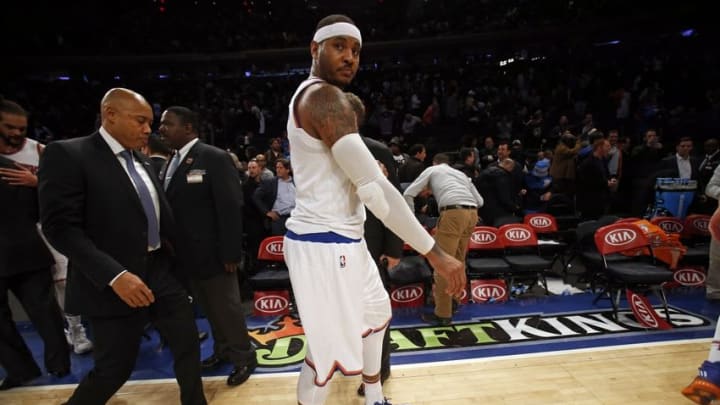
5. Defensive Rebounding
On the surface, the New York Knicks have the personnel to be one of the best rebounding teams in the NBA. Joakim Noah is a dominant rebounder, Kristaps Porzingis is 7’3″, Kyle O’Quinn has proven proficient on the boards, and Willy Hernangomez has a powerful frame and a strong work ethic.
All four of those players seem to be better on the offensive glass than the defensive boards, however, which is hurting the Knicks in 2016-17.
New York is currently allowing an average of 11.6 offensive rebounds per game—more than all but three NBA teams. It’s pulling down 11.8 per contest, but this shouldn’t be a battle of who can grab more.
The Knicks are allowing teams to extend possessions and give explosive scorers second chances, which is the perfect formula for allowing 100-plus points.
The Knicks are allowing a league-worst 15.7 second-chance points per game. Any team that gives up 16 points that are entirely preventable by simply grabbing a defensive rebound is going to struggle defensively.
New York has other issues on the defensive end of the floor, but allowing fewer offensive rebounds allowed will be critical to improvement.
